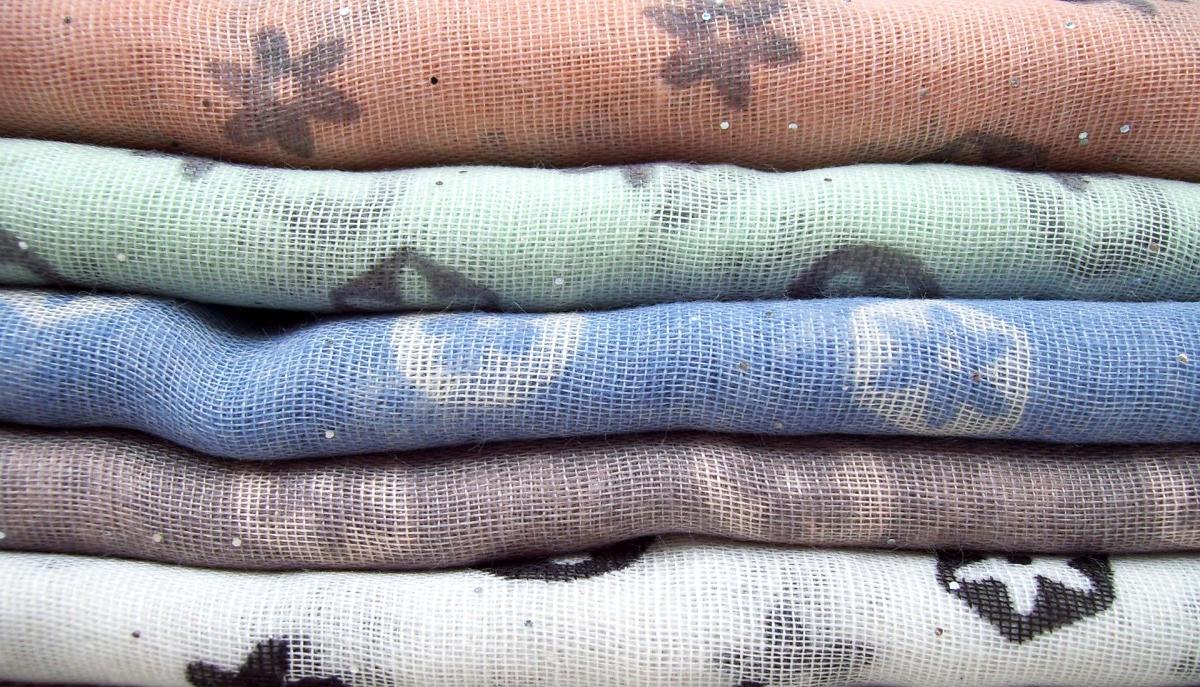Everything About Viscose Fabric

What is Viscose Fabric?
How is Viscose Fabric?
Does Viscose Fabric Make You Sweat?
Viscose Fabric’s Properties
Viscose Fabric’s Usage Areas
Is Viscose Fabric Flexible?
Does Viscose Fabric Shrink When Washed?
Does Viscose Fabric Keep You Warm?
The type of fabric used in the preparation of products that are among the natural fabrics and widely preferred in the textile industry is called viscose fabric. Viscose fabric is produced using cellulose, the main component of beech wood. Everything about Viscose Fabric will be explained below.
Viscose, which is widely preferred in the fashion and clothing industry and is among the natural fabrics, is in the quality product class. Due to their structure, viscose fabrics offer a very comfortable use. This makes them frequently preferred in pajamas, summer products and other textile areas.
What is Viscose Fabric?

It is among the textile products that are produced using cellulose and have a very high absorbency. The fact that it offers a comfortable use and has an air permeable structure makes it preferred by people who want comfort in their clothes. Viscose is produced from beech wood and is a textile raw material. It consists of cellulose, just like cotton. There is almost no chemical change in the structure of cellulose, which becomes fluid during viscose production. When it becomes hard in the form of filament, it remains as cellulose, and due to this feature, its structure shows a high similarity with cotton. Compared to cotton fabrics, viscose fabrics have an absorbency of 1.2 times their own weight.
How is Viscose Fabric?
When it comes to viscose fabric, the first thing that comes to mind is comfort. As a matter of fact, this type of fabric brings comfort as it is obtained by using natural methods and does not contain any synthetic materials. They are frequently used in the production of summer products thanks to their air permeable structure and high moisture absorption properties.
Does It Make You Sweat?
Viscose fabrics have a structure that will release air flow. For this reason, it offers a very comfortable use and completely eliminates the problem of sweating. Having a very strong suction feature makes it ideal for use in summer. Since people develop it by using natural methods, it creates a feeling of non-existence when worn.
Viscose Fabric’s Properties
The most distinctive feature of viscose fabrics is high absorbency. This provides a great advantage in developing very comfortable products for the summer months. Another striking feature is that it has an air permeable structure and does not show the inside. In other words, it is possible to choose to wear comfortable clothes and to maintain elegance with Viscose fabrics. Another remarkable feature is that viscose fabrics have a very flexible structure.
Viscose Fabric’s Usage Areas
Developed using completely natural methods, viscose fabrics are first preferred by women. People prefer viscose fabrics because they have a satin-like structure and bring comfort with their use. Likewise, people use it widely in making nightgowns, summer shirts, t-shirts and dresses. Since they are products with high absorbency, viscose fabrics are also suitable for printing products using natural dyeing methods.
Is It Flexible?
According to the textile product produced, viscose fabrics usually have a flexible structure. However, mixing with other fabrics during production will reduce the flexibility rate. For this reason, it is necessary to pay attention to the mixing ratio before choosing clothes produced using viscose fabric.
Does It Shrink When Washed?
Viscose fabrics have a delicate structure. In this case, it brings with it careful use and makes it necessary to be careful about washing. Viscose fabrics are more delicate than synthetic fabric types.
Does It Keep You Warm?
They are only good to use in the summer products group, thanks to their high absorbency and air permeability. For this reason, viscose fabrics are not the right choice for winter products and will offer an uncomfortable use. Mixing it with other fabrics during production, it will also be suitable for the development of winter products.


